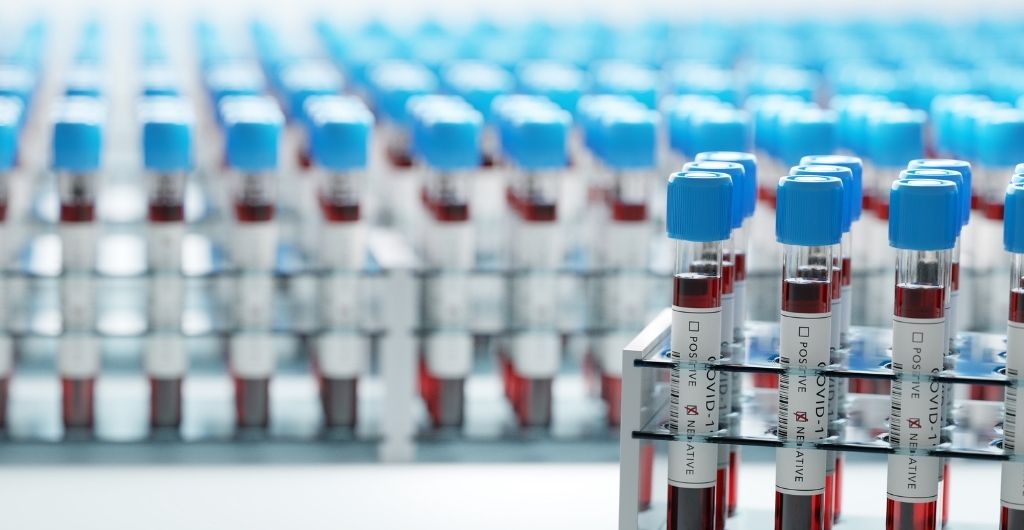
Gillian Ewers, VP Marketing, PragmatIC
The healthcare sector has come under unprecedented pressure during the COVID-19 pandemic. At this crucial time, it is more important than ever to investigate and invest in new innovations that can deliver tangible benefits to both patients and the service providers.
One area where advances in technology could play a pivotal role is pathology, which is a high-volume, complex and time-critical service where efficiency is key. According to the Royal College of Pathologists (RCP), over 1 billion tests were being carried out each year in England. In the last few months COVID-19 testing has added to the pressure on the system with around 250,000 tests per day in the UK (Pillars1&2 swabs only). Include antibody testing and this represents around a 10% increase in the number of tests the UK labs now have to handle.
Professor Jo Martin, President of the RCP, states: “Our members have been working extremely hard to ramp up testing for COVID-19. Virologists and laboratory staff have the expertise to take on and manage at scale the additional testing needed. This is highly skilled work and they are responding brilliantly, working long hours under great pressure to get this expansion in place.”
However, despite the incredible efforts of staff, historic inefficiencies have resurfaced, and pathology services are under the spotlight. Indeed, Sarah Jane Marsh, Director of Testing for NHS Test and Trace, has claimed it is our laboratory processing that has been “the critical pinch point” during the COVID-19 testing debate. It is clear what is needed is a new system that can process incoming samples much more efficiently and quickly, without compromising on accuracy or safety.
Challenges
The main challenge that all labs face is managing capacity, and sample preparation, transportation and reception at the lab has a major impact on utilisation levels. Traditionally sample handling involves a lot of paperwork and it is a very manual, time-consuming process, prone to error. For example, samples are sometimes not sent, can get lost or damaged in transit, or barcodes are compromised and deemed unreadable. All of these then lead to re-ordering a test, which adds to the cost and can also be detrimental to patient outcomes. The other significant challenge to optimising utilisation and efficiency is that the lab does not have prior knowledge of exactly when and which samples are going to arrive, so there is a reactive approach rather than the ability to plan ahead. This is inefficient in terms of staff resource and given that many of the machines are batch loaded further slows the process and increases costs.
RFID technology to the rescue
Radio Frequency Identification (RFID) technology using novel flexible electronics presents a promising solution to these problems. Trials are currently under way in the North East of England of a new reusable sample transport and tracking system. A low-cost RFID label encoded with a unique ID is attached to each sample providing item-level digital traceability in real-time from the patient all the way through to the pathology lab. The system software alerts the lab of the expected arrival time of the samples, so the appropriate staff and equipment are ready. At the lab, the samples can be quickly scanned and verified, identifying any time critical ones. These samples can very swiftly be moved on to testing, and all others can be handled in a much more efficient manner. With this new system there is a reduction in the number of lost samples and paperwork, no time is wasted unpacking lots of plastic bags and the lab no longer has the costs associated with disposing of packaging deemed clinical waste.
New ultra-low-cost RFID makes this possible
RFID technology is not new, it has been used for supply chain management in the apparel sector for some time, with considerable success, but previously the costs were too high for use in large volumes, or on low value items, due to the cost of the conventional electronics involved. As a result of developments in ultra-low-cost RFID and flexible electronics now there is the potential to save the health service millions every year. It doesn’t stop at pathology, this item-level digital tracking technology can also be used to prevent counterfeit medicines and vaccines, and in future could be combined with sensors to track the temperature of items during transportation. And there are many other applications in the healthcare sector. We see an exciting future enabled with this technology, helping to reduce costs, increase efficiencies and improve patient outcomes, and it starts now.












